In a move that could significantly impact global trade, U.S. President Donald Trump has announced a baseline 10 percent tariff on all U.S. imports, alongside country-specific reciprocal tariffs targeting nations with steeper duties on American goods.
This new policy, unveiled during a “Liberation Day” event at the Rose Garden, marks a dramatic shift from decades of free-trade orthodoxy.
The tariffs, which take immediate effect, will apply to over 50 countries, including major trade partners like China, the European Union, India, and Japan, as well as developing economies in Asia, Africa, and Latin America. Nigeria, Ghana, Ethiopia, and Mauritius are among the African nations affected by the new policy.
According to the data, Nigeria currently imposes a 27% tariff on U.S. goods. In response, the U.S. will apply a 14% reciprocal tariff on Nigerian exports.
This adjustment signals that the U.S. is casting a wide net, targeting not just economic rivals but also developing nations with whom it previously maintained preferential trade terms.
“This is one of the most important days in American history,” Trump said. “We will supercharge our domestic industrial base, we will pry open foreign markets and break down foreign trade barriers.”
The new tariffs are expected to have significant implications for African economies that depend heavily on U.S. trade preferences, such as those under the African Growth and Opportunity Act (AGOA).
At the heart of Trump’s new trade doctrine is the concept of “reciprocal tariffs.” Under this framework, the U.S. imposes duties on imports equivalent to half the tariff rates those countries apply to American exports.
As Trump puts it, “We’re going to be a tariff nation. It’s not going to be a cost to you. It’s going to be a cost to another country.”







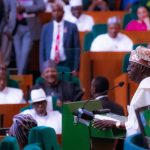


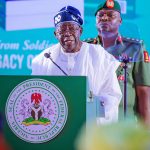

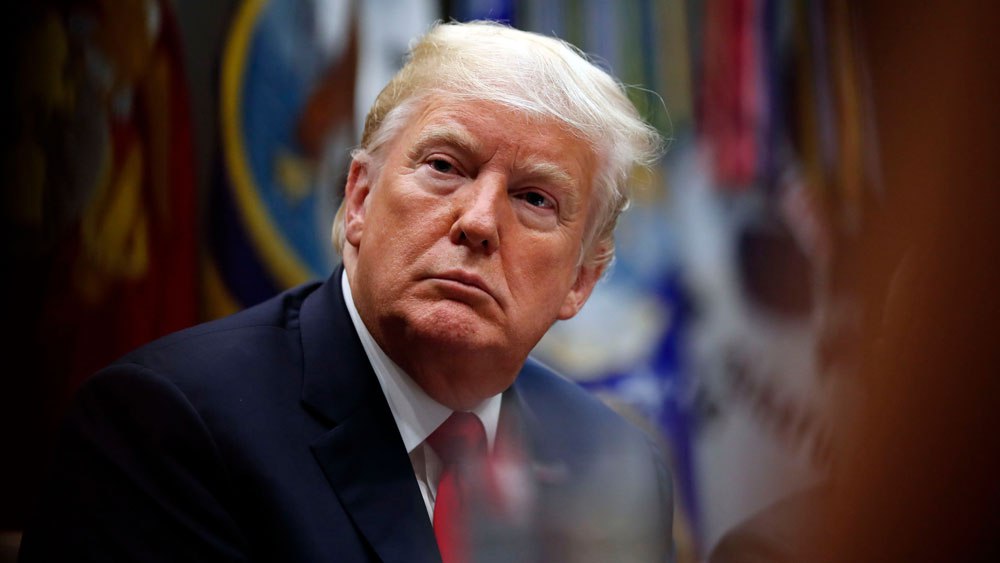





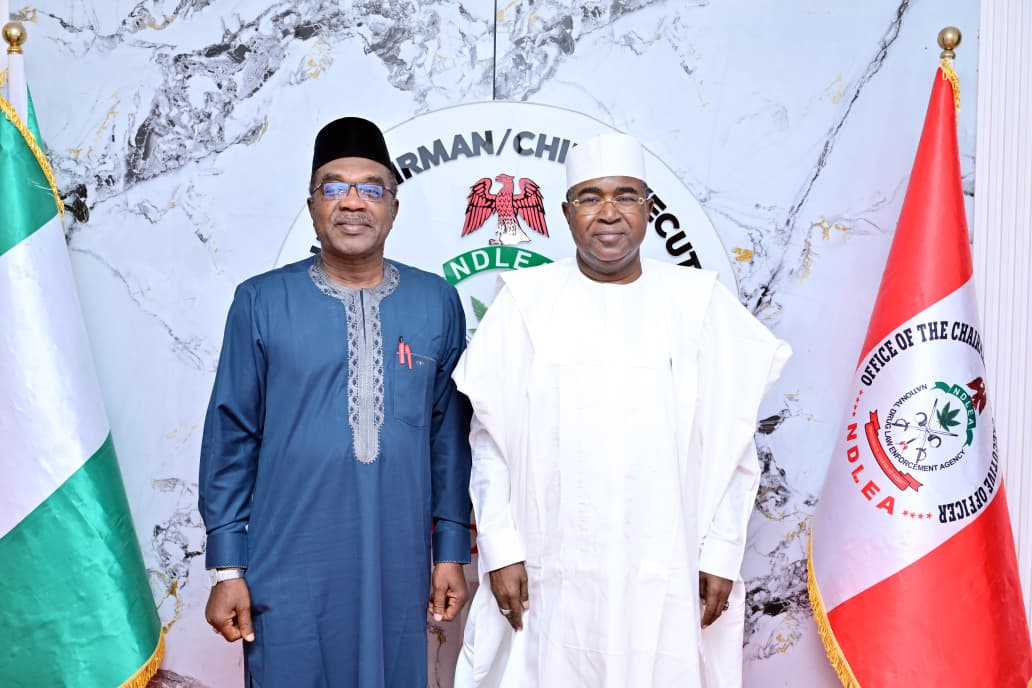


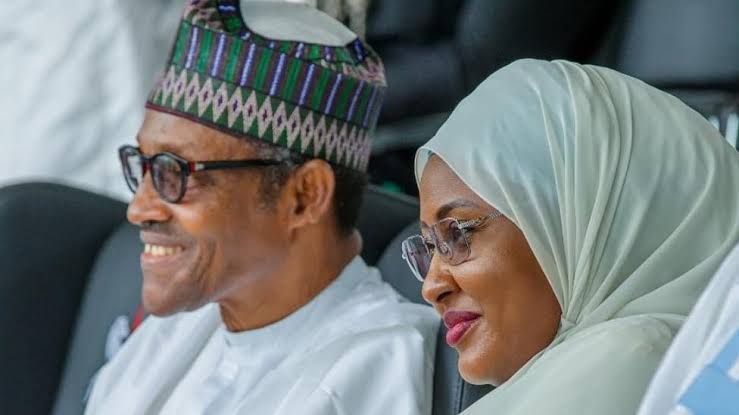


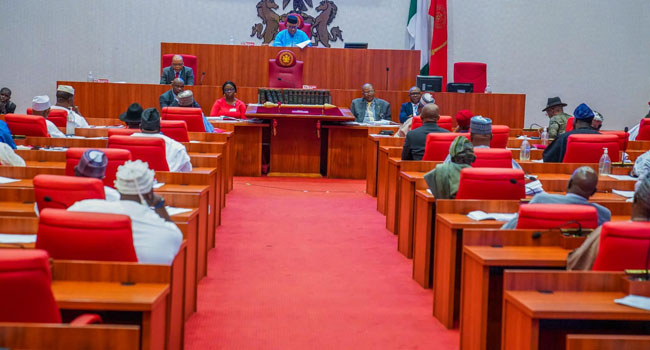

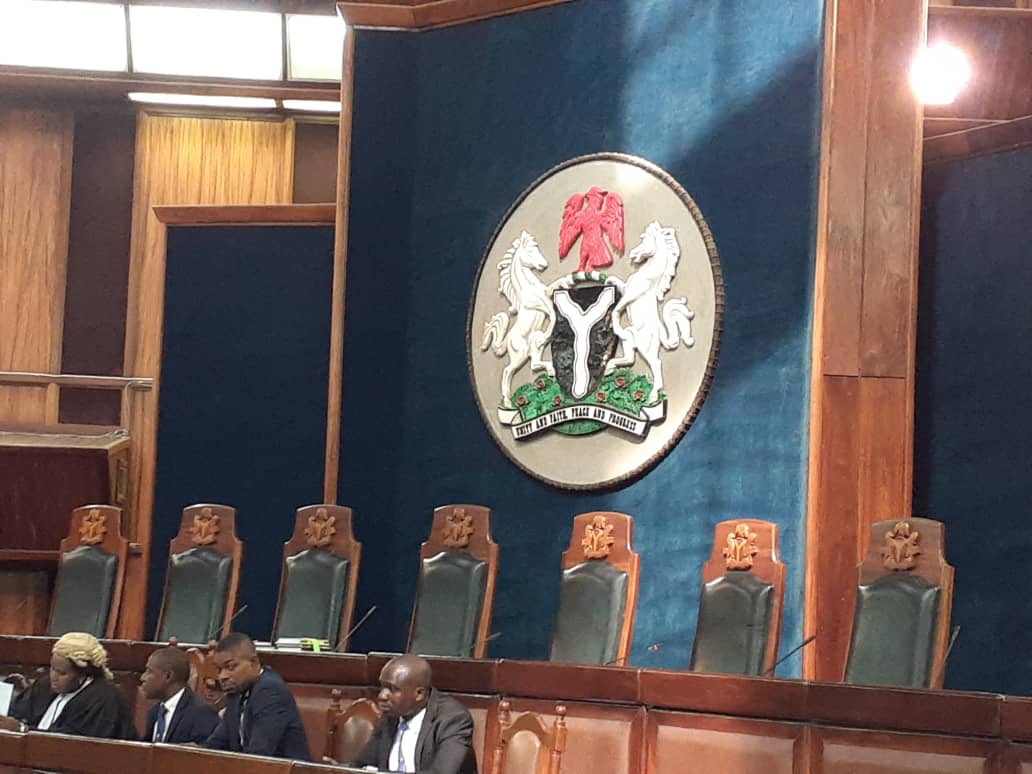




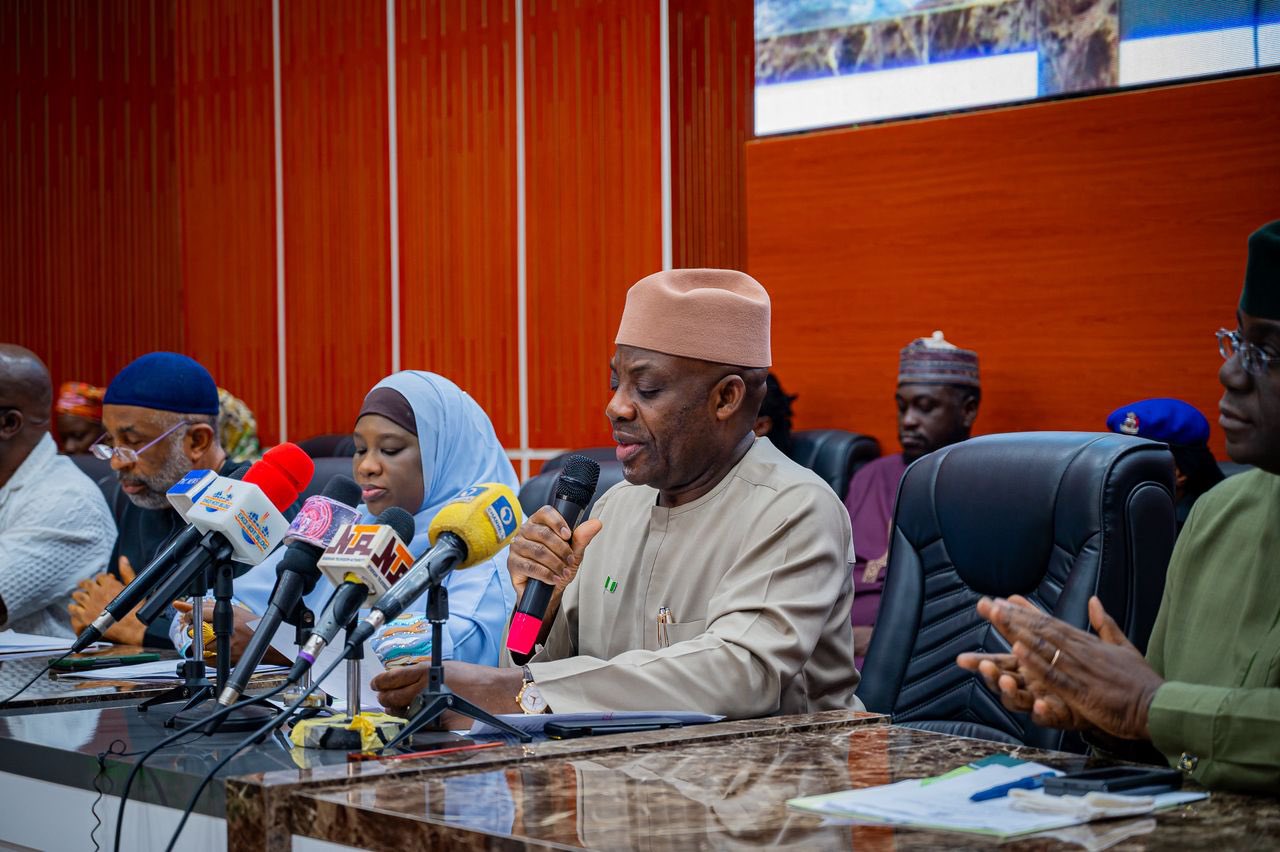
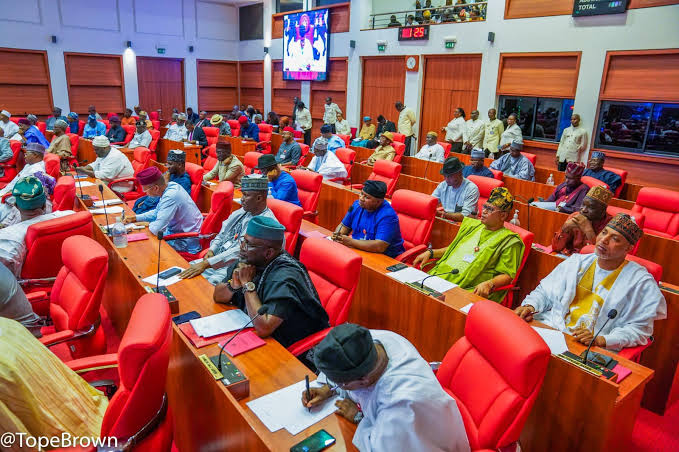

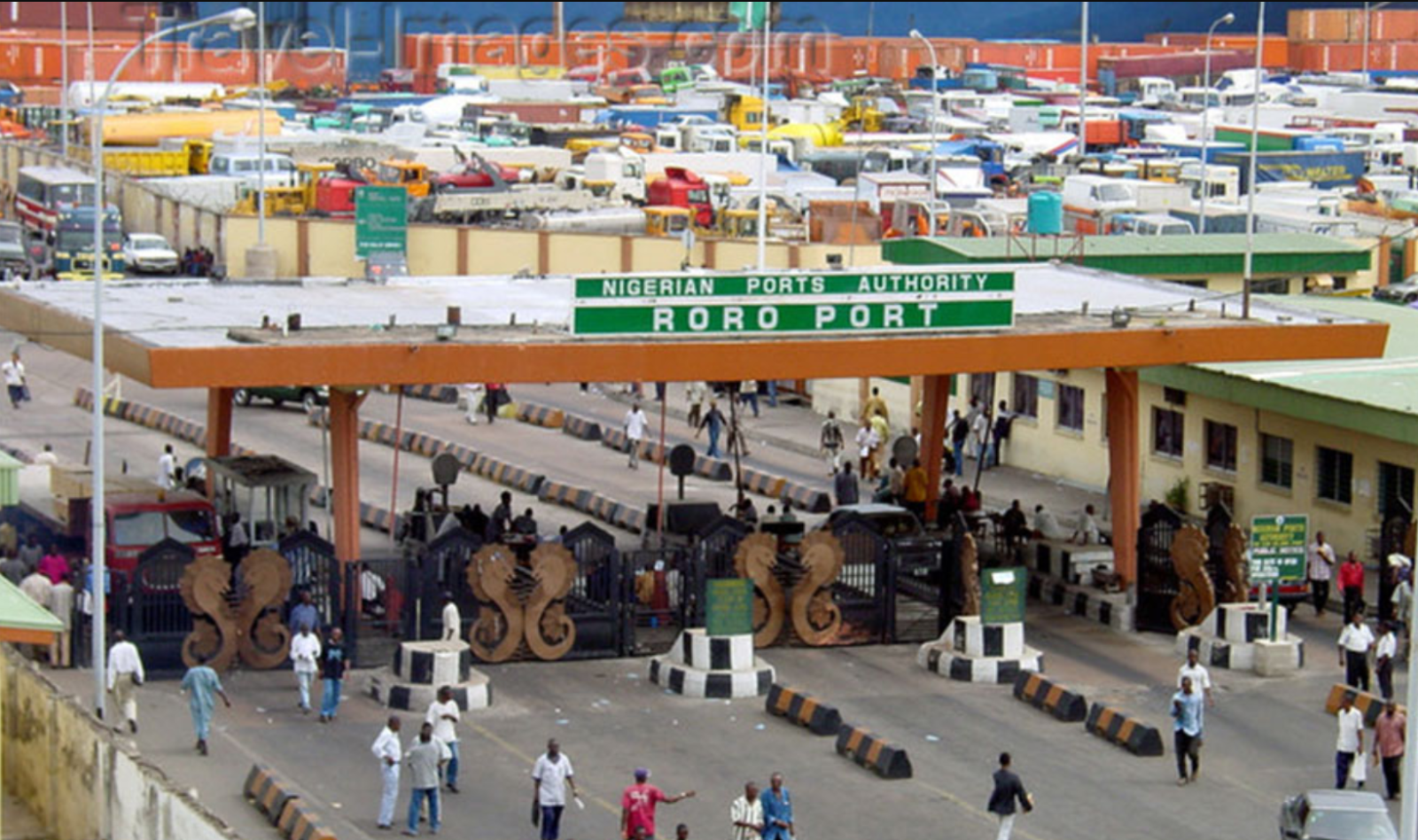



Leave a comment